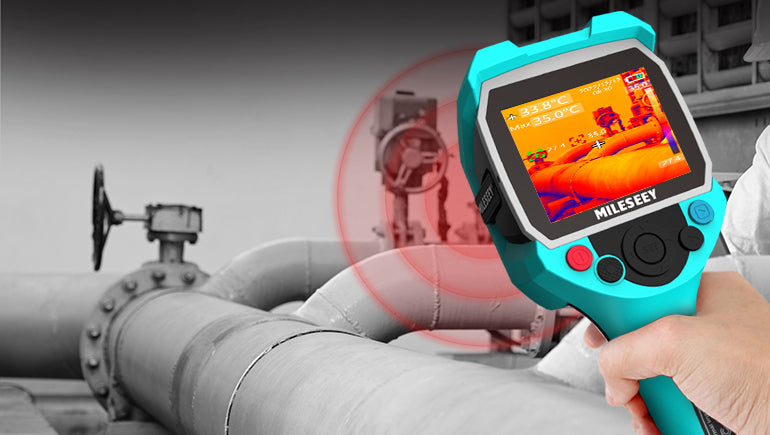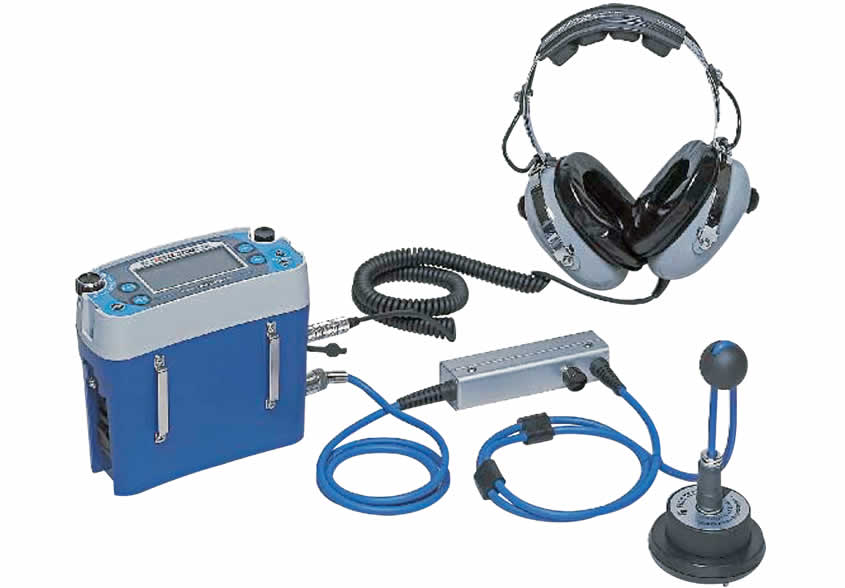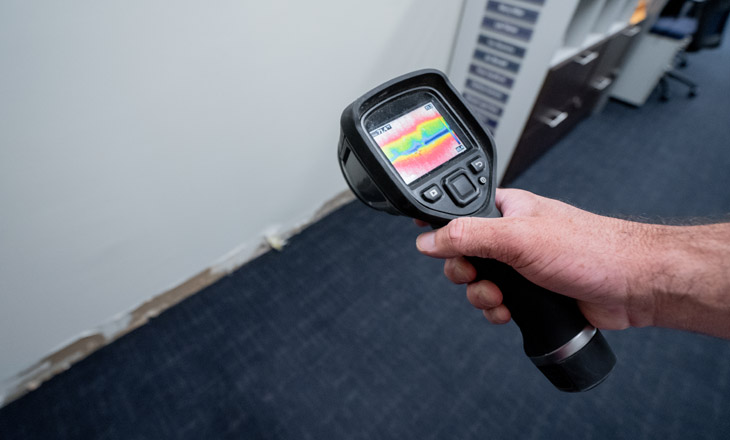Prevent Major Issues with Early Water Leak Detection and Prompt Repairs
Prevent Major Issues with Early Water Leak Detection and Prompt Repairs
Blog Article
Cutting-edge Solutions for Very Early Discovery of Water Leakages in Buildings and Infrastructure
From advanced leakage discovery technologies to the deployment of IoT sensing units for real-time surveillance, the landscape of leakage avoidance is progressing swiftly. Automated water circulation evaluation systems are reshaping exactly how leaks are identified and resolved, leading the method for a proactive method to water leak detection.
Advanced Leak Detection Technologies
Advanced leak discovery innovations, geared up with sophisticated sensors and algorithms, play an essential function in quickly recognizing and pinpointing water leaks in various settings. These technologies use a combination of acoustic, thermal, and electro-magnetic picking up methods to discover leaks properly. Acoustic sensors spot the noise of running away water, enabling specific localization of the leakage resource. Thermal imaging spots temperature level modifications brought on by water leak, providing an additional efficient technique for leak identification. Electro-magnetic sensors can recognize changes in electromagnetic fields triggered by water, providing yet another layer of leak detection capacity.

IoT Sensors for Real-Time Surveillance
In the realm of modern water leak discovery, the assimilation of IoT sensors for real-time surveillance stands for an essential development in enhancing proactive leak detection capacities. These sensors supply constant monitoring of water supply, offering real-time information on water flow rates, stress variants, and temperature adjustments. By leveraging IoT technology, these sensors can spot also the tiniest abnormalities in water usage patterns, enabling early recognition of prospective leakages prior to they escalate into major problems.
IoT sensors send data to a centralized platform, where advanced algorithms evaluate the details and generate signals or notices when abnormalities are spotted. This real-time surveillance capacity enables homeowner or facility supervisors to immediately resolve leaks, minimizing water damage, lowering fixing expenses, and conserving water resources.
In addition, IoT sensing units can be integrated with building management systems, enabling computerized actions to discovered leaks, such as turning off water valves or activating pumps to minimize the influence of leaks. Overall, the execution of IoT sensors for real-time monitoring dramatically improves the efficiency and efficiency of water leak discovery in buildings and framework.
Artificial Intelligence Algorithms for Leakage Prediction

One secret advantage of making use of maker knowing for leak forecast is its capability to continuously find out and enhance its precision with time. As more data is gathered and fed into the formula, it can fine-tune its forecasts and adapt to transforming problems, eventually increasing the integrity of leak discovery systems.
Furthermore, machine discovering algorithms can aid in recognizing subtle indicators of leaks that may go undetected by standard monitoring techniques. water leak detection. By evaluating intricate information collections in real-time, these algorithms can supply early warnings and signals, enabling for punctual intervention and precautionary maintenance to mitigate potential water damage and linked costs
Using Thermal Imaging for Leakage Detection
Thermal imaging modern technology supplies a promising technique for discovering water leakages in various systems and facilities. By making use of infrared radiation and temperature level variances, thermal imaging electronic cameras can identify concealed leakages that are not conveniently visible to the naked eye. When water gets away from pipelines or Get the facts frameworks, it frequently alters the temperature of the surrounding area, producing temperature level differentials that thermal cameras can capture. These temperature irregularities are then converted into noticeable photos, highlighting the exact location of the leak.
One of the key advantages of thermal imaging for leak discovery is its non-intrusive nature. Unlike typical approaches that might call for getting into walls or floors to locate leakages, thermal imaging permits for non-destructive screening. This not only saves time and decreases costs yet additionally decreases interruption to the building or infrastructure being assessed. Furthermore, thermal imaging can rapidly check big areas, providing a comprehensive review of possible leak sources in a find out here prompt way. Overall, the usage of thermal imaging technology enhances the performance and accuracy of water leak discovery, making it a beneficial device for maintaining the honesty of structures and infrastructures.
Automated Water Circulation Analysis Equipments
Just how can automated water circulation analysis systems change the detection and monitoring of leaks in numerous systems and facilities? Automated water flow evaluation systems offer an aggressive method to leakage detection by constantly keeping an eye on water circulation rates and patterns. By establishing standard information, these systems can rapidly recognize discrepancies that might indicate a leak, making it possible for punctual treatment to stop considerable damages.
These systems use innovative algorithms to examine real-time data and give instant alerts when anomalies are spotted, enabling speedy action to be taken. In addition, computerized water circulation analysis systems can be integrated with building monitoring systems or IoT systems, enhancing overall effectiveness and making it possible for remote tracking abilities.
Furthermore, the data collected by these systems can be used for anticipating upkeep objectives, aiding to recognize possible weak factors in the framework prior to leaks happen. In general, the implementation of automated water circulation evaluation systems can significantly boost leakage detection and administration practices, ultimately leading to set you back financial savings, lowered water wastage, and increased sustainability in structures and facilities.

Verdict
Finally, the integration of innovative leak detection technologies, IoT sensing units, machine learning algorithms, thermal imaging, and automatic water flow analysis systems provides ingenious options for very early detection of water leaks in buildings and infrastructure. These technologies enable real-time monitoring, prediction of leakages, and reliable discovery techniques to stop water damages and waste. Executing these services can help in maintaining the honesty and sustainability of water supply in different settings.
Report this page